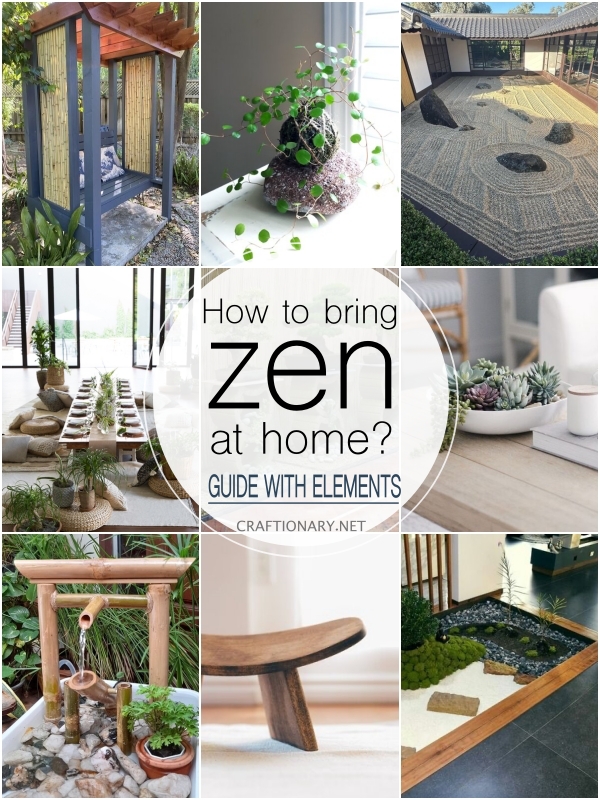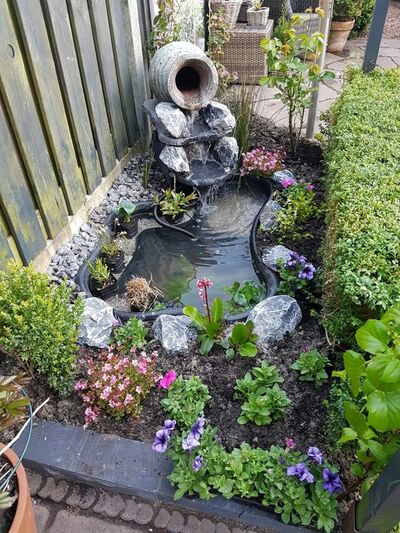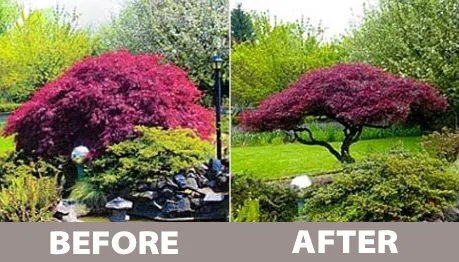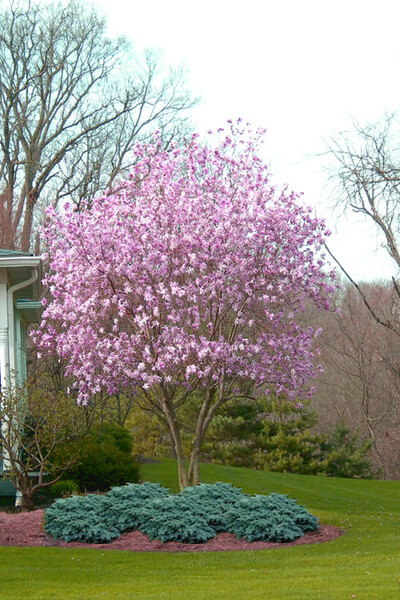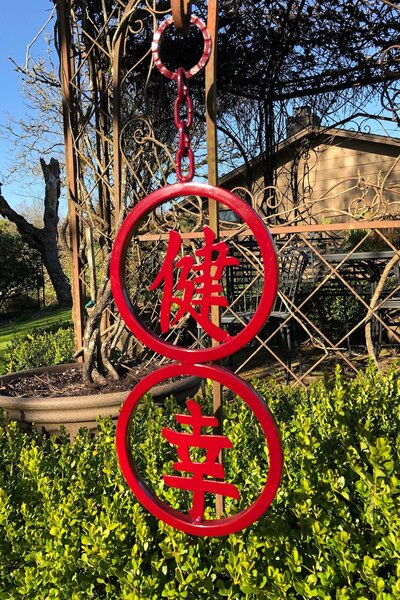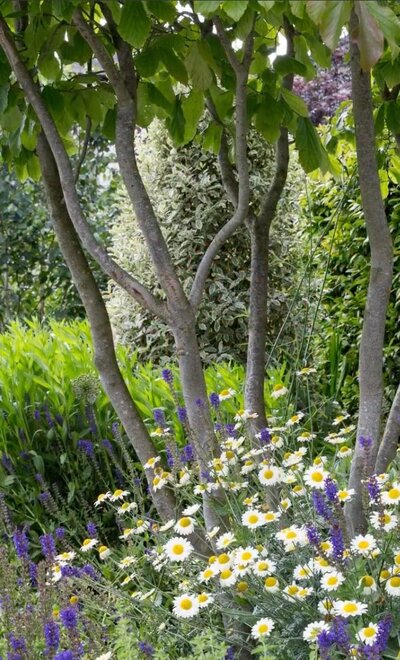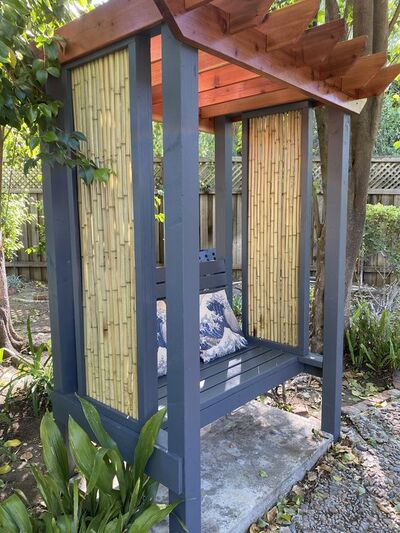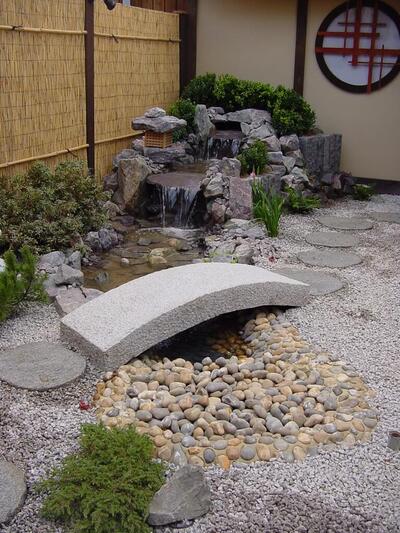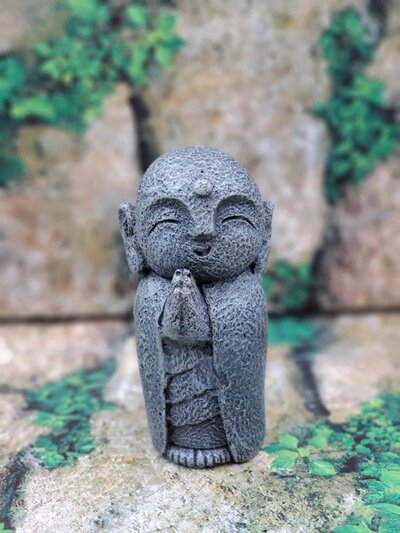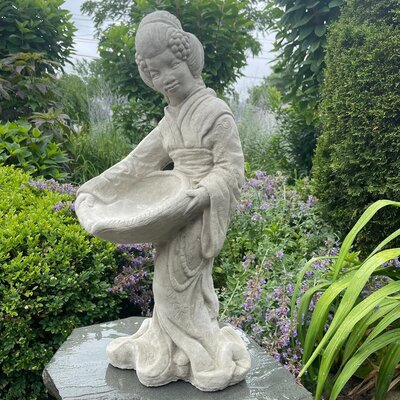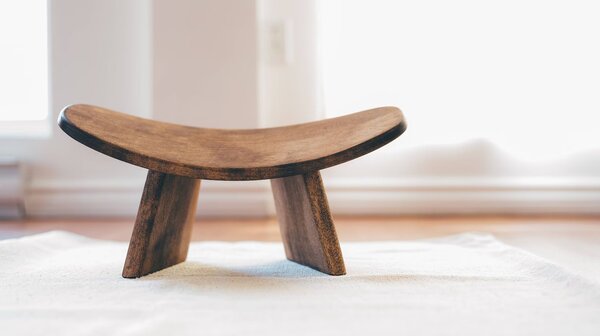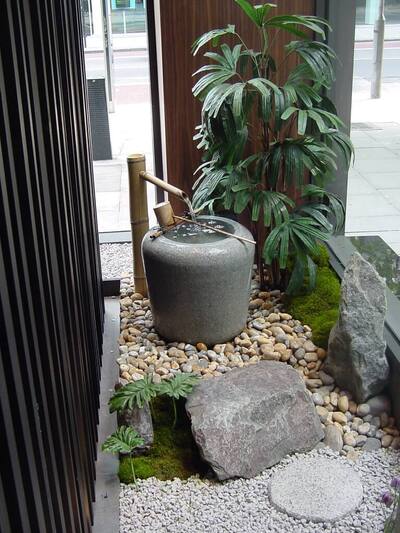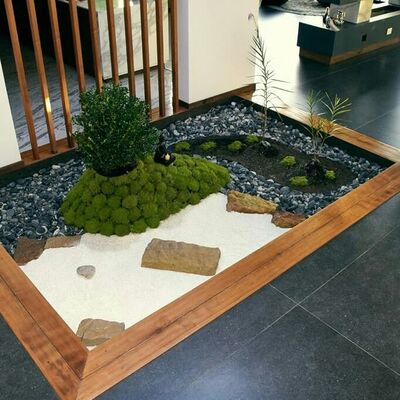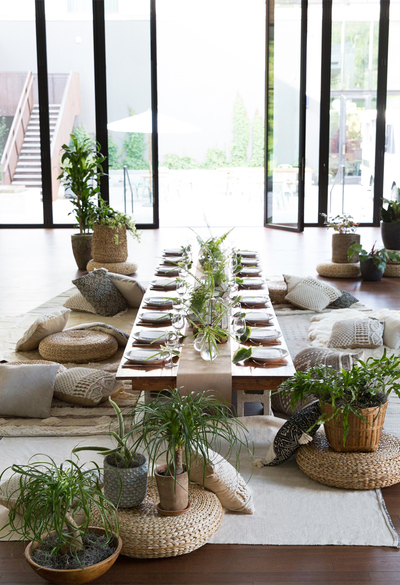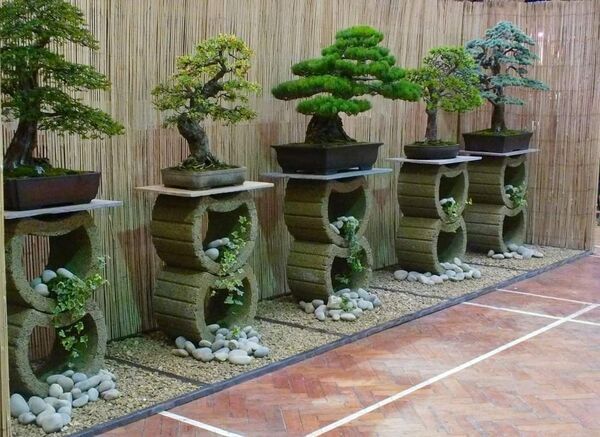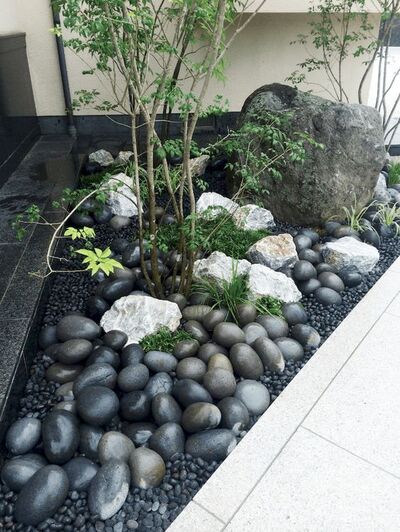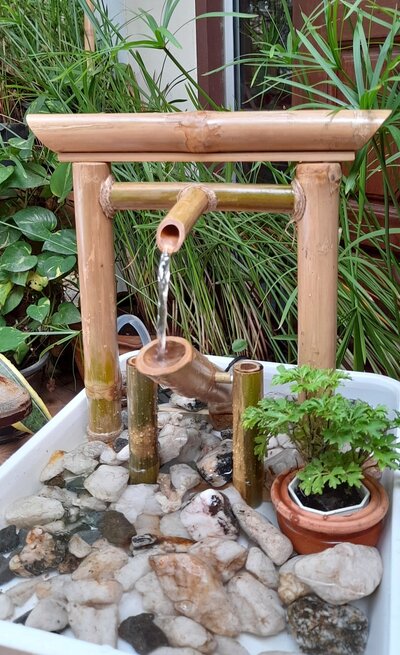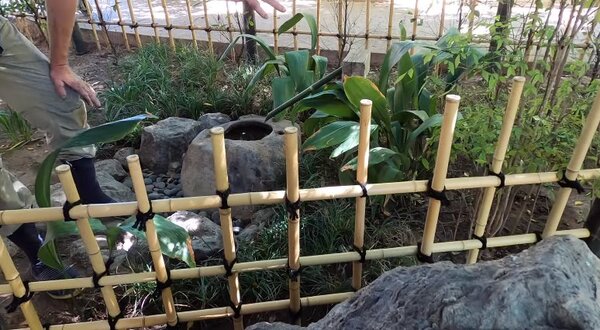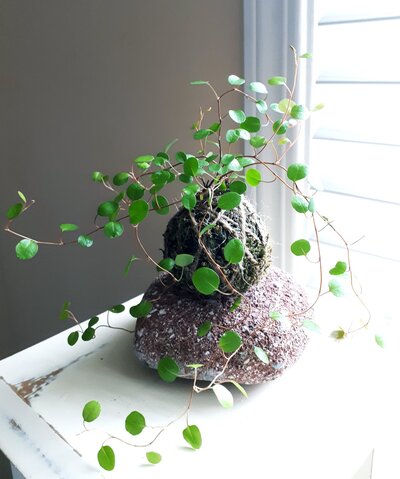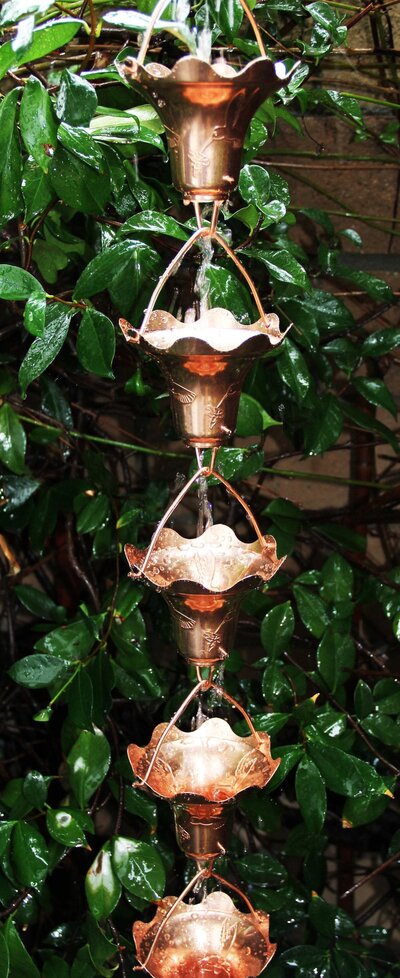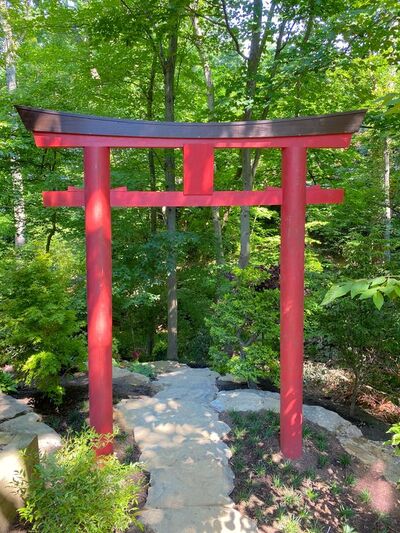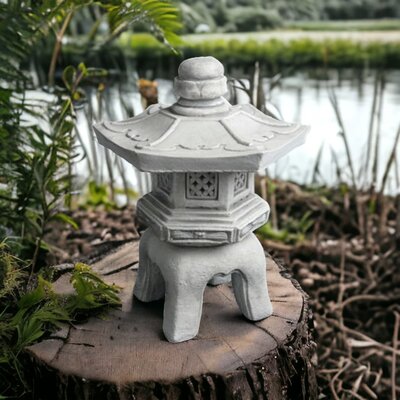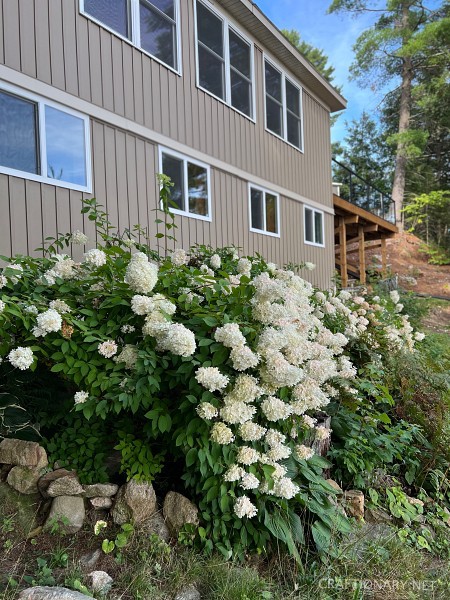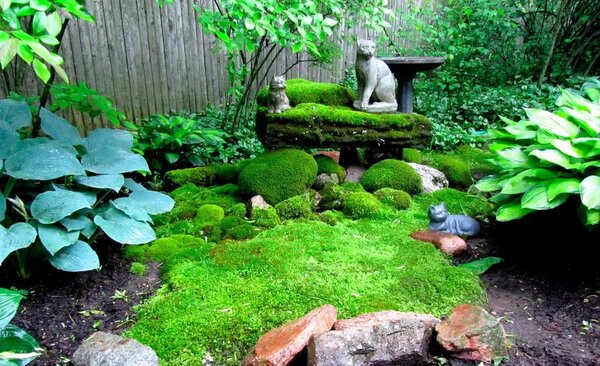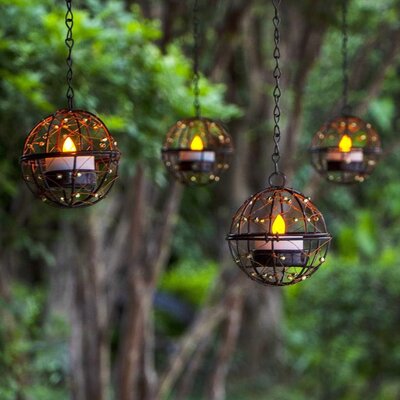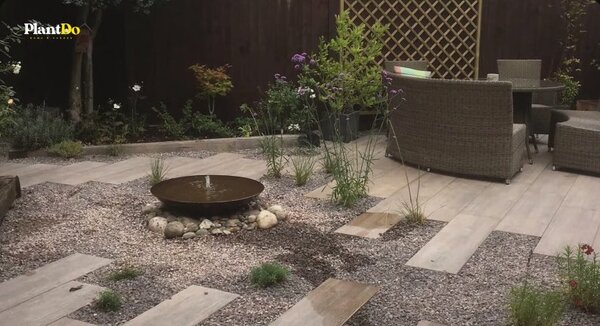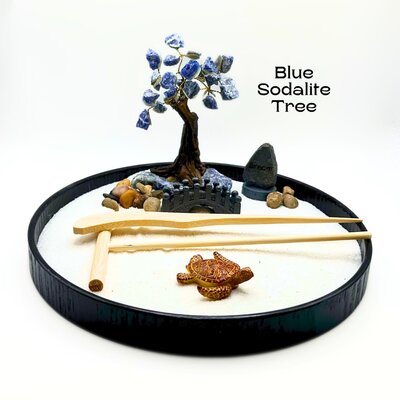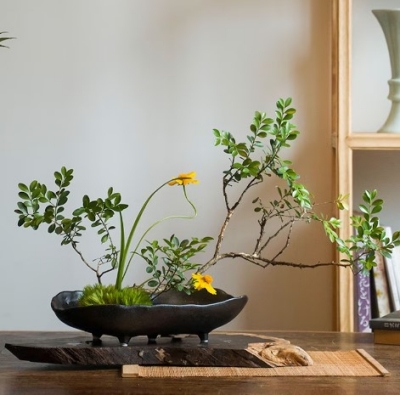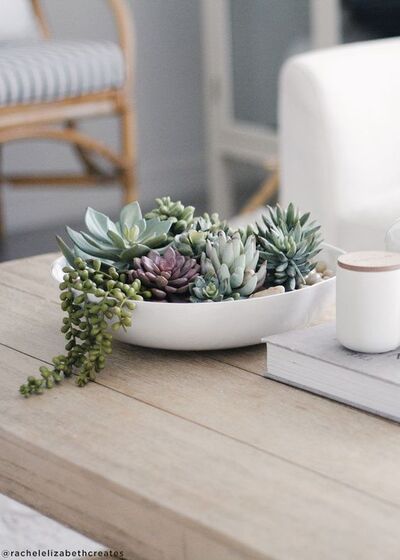This post may contain affiliate links. Please see our full Disclosure Policy for details.
Japanese gardens are well-known for their tranquil beauty, harmonious design, and ability to bring a sense of calm to any outdoor space. These gardens continue to enchant visitors from all over the world despite their long history. If you want to turn your backyard landscaping into a peaceful retreat, you can use these Japanese garden ideas along with backyard lighting and fast growing plants.
You will also like cool ideas like incorporating plant walls, indoor plants display and Small Foyer Entryway with plants that are perfect for any season no matter how cold it is outside. In this article, we will look at 30 Zen garden ideas to help you create your peaceable oasis.
What are the essential elements of a Japanese Garden?
Japanese gardens are renowned for their pleasing and serene designs, defined by a close relationship to nature and an emphasis on simplicity and symbolism. While there are many types of these gardens, we can find a few key components in most traditional ones. These elements combine to create a calm and contemplative environment. The essential components of a Japanese garden are as follows:
1. Water Features:
Water features include; ponds, streams, fountains, waterfalls, and basins are common in Japanese gardens, giving tranquillity and aesthetic appeal. These pieces, which reflect the sky and surroundings, represent harmony and the ever-changing aspect of life and serve as decorative and symbolic elements.
2. Stone Arrangements:
In garden design, stones play a significant role and hold immense cultural value. The arrangement of both large and tiny stones creates a sense of harmony and balance. They might represent mountains, islands, and other features of nature.
3. Bridges:
Bridges connect garden areas, serving as useful and decorative elements. Arched or flat bridges can span water features, providing movement and attraction.
4. Plants and Trees:
These gardens are famous for their thorough selection and placement of plants and trees, such as maples, azaleas, moss, cherry blossoms, bamboo, and pine trees creating a controlled, natural look.
5. Pathways:
We can find curved paths constructed of gravel, stepping stones, or organic materials throughout the garden, which invites visitors to take a relaxing walk while enjoying its beauty.
6. Lanterns and ornaments:
Traditional ornaments like pagodas, stone lanterns, and other decorations create focal points and a feeling of spiritual significance.
7. Zen Elements:
Sand or gravel raked into patterns is a common element in Zen gardens. These simple designs promote meditation and self-examination.
8. Bamboo:
Bamboo is a flexible and iconic material that we can use to make screens, fences, and even water spouts. Its rustling leaves make a soft and peaceful sound.
9. Moss and Ground Covers:
Use moss and low-ground coverings to create lush, green carpets, giving softness and contrast.
10. Teahouses or Pavilions:
You can use these structures for meditation, tea ceremonies, and admiring the beauty of the garden.
11. Privacy features:
Bamboo walls, trellises, or positioned plants are used to bring a sense of solitude and privacy to the garden.
12. Sound Elements:
The pleasant sound of bamboo water spouts, running water, or wind chimes enhances the experience.
13. Seasonal changes:
The plants in Japanese gardens chose to provide year-round beauty as they celebrate the changing of the seasons.
Japanese gardens are designed with care and harmony to provide a tranquil and beautiful haven that fosters a sense of harmony with nature.
What are the 7 Principles of the Japanese Garden?
Japanese gardens guide seven basic concepts, to create harmony, balance, and calm, resulting in a harmonious and peaceful atmosphere.
1. Simplicity (Kanso):
Japanese gardens emphasize the beauty of simplicity by putting an emphasis on the basic components over clutter and complicating factors.
2. Asymmetry (Fukinsei):
Japanese gardens use uneven and asymmetrical patterns to create natural landscapes since flawless symmetry, is viewed as less appealing.
3. Naturalness (Shizen):
Japanese gardens use natural materials like wood and stones to provide an effortless connection with the surroundings while attempting to capture the beauty of nature.
4. Subtlety (Yugen):
Yugen highlights the beauty of the subtle and mysterious, inspiring visitors to use their imaginations to identify the hidden meanings of the garden.
5. Artistic use of materials:
Select and place the material with care, considering the texture, color, and form to produce an appealing visual and physical experience.
6. Tranquility (Seijaku):
Japanese gardens promote thought and meditation with water aspects like ponds or streams.
7. Symbolism (Kiwari or lki):
Japanese gardens often involve objects with symbolic value, such as bridges that represent the passage from normal to holy life and lamps that stand for enlightenment.
The principles improve the design and service of Japanese gardens, changing them from pleasing areas to soul-nourishing areas that connect people with nature.
How do I make my Garden look Japanese?
This guide gives a step-by-step process for converting your garden into a Japanese-inspired paradise that asks for detailed preparation and attention to traditional design guidelines.
Research and inspiration:
By doing extensive research and reading inspirational sources, gather thoughts and insights.
Clear and Space:
Remove clutter and unwanted stuff to create a clear garden surface.
Create a plan:
Create a Japanese garden complete, with a koi pond, stone walkways, bamboo accents, and seasonal flora.
Water Features:
Water features, such as ponds, fountains, and cascading waterfalls, bring peace and acoustic enjoyment to the garden.
Rock and Stone Placement:
Arrange stones and rocks in gardens to resemble their natural surroundings.
Plant Selection:
To create realistic gardens, pick Japanese plants such as maples, bamboo, cherry blossoms, and moss.
Prune and Shape:
Pruned and shaped the plants to keep them looking fresh and beautiful.
Paths and bridges:
Paths and bridges lead visitors through the beautiful leaves, providing peace and calm.
Zen Elements:
Consider including a Zen garden zone made of raked gravel or sand. This area is suitable for meditation.
Ornament and Decors:
Include traditional Japanese garden accessories such as stone lanterns, pagodas, and bamboo fences. These add authenticity as well as aesthetic value.
Bamboo and screens:
Bamboo and screens provide privacy, beauty, and natural garden appeal.
Maintenance:
Maintain your garden by cleaning, trimming, and weeding. Japanese gardens need considerable maintenance to maintain their beauty.
Seasonal Changes:
Change the garden with plants and accessories for varying seasonal attractions.
Lighting:
The peaceful atmosphere and beauty of the garden are enhanced by soft ambient lights.
Personal touch:
Add your personal touches while adhering to traditional designs to make the garden yours.
Creating a quiet, appealing space requires patience and refinement. Start with an idea and add elements to create a genuine Japanese garden.
Why do Japanese gardens have bridges?
Bridges are a common element in Japanese gardens for functional and symbolic purposes. In terms of functionality, bridges give garden visitors a way to cross over water elements like ponds and streams without getting their feet wet. These bridges signify a passage from the outside world to a more spiritual or peaceful garden area.
A literal and metaphorical journey toward a closer relationship with nature and oneself symbolizes crossing a bridge. Furthermore, the designed structure of the Japanese bridges adds visual beauty and compliments the design of garden, which contributes to the sense of calmness and serenity that distinguishes these gardens.
What type of plants make a Japanese garden?
In traditional Japanese gardens, you’ll find Japanese maples, cherry blossoms, azaleas, camellias, bamboo, pine trees, and moss. These choices provide a mix of seasonal hues, beautiful foliage, and symbolic importance, all of which contribute to the garden’s tranquil and harmonious environment.
What Colors make a Japanese garden?
Japanese gardens are famous for their natural color pallet, characterized by earthy tones such as greens, browns, and greys. Traditional plants like Japanese maples, azaleas, camellias, and cherry blossoms give seasonal brightness. To improve the color scheme, water features add blue and reflections. The goal is to provide a calm, organic, and relaxing setting that blends with its surroundings.
What to use to make a Zen Garden at home?
It is a focused and peaceful activity to create a Zen garden at home. You’ll need the following:
Container: At the starting point for your Zen garden, use a shallow tray, a wooden box, or a ceramic dish.
Fine Sand and gravel: To make the “sea” of your Zen garden, fill the container with fine-grained sand or pebbles.
Rake: Use a little wooden rake or forked instrument to make designs and lines in the sand.
Rocks and stones: If you want to symbolize islands or focal points, use a few smooth, well-shaped pebbles or stones.
Miniature Plants: It’s optional, but for an extra touch of greenery think about adding little bonsai plants, moss, or succulents.
Tealight or Lantern: You can put a tea light candle or a little stone lantern there for soft lighting.
Mindfulness: The most critical factor is your mindfulness. Use the garden for thought, meditation, and relaxation, raking patterns to clear your mind and find peace.
What types of rocks and stones make a Japanese garden?
A variety of rocks and stones that have been picked for their aesthetic value and meaning are seen in Japanese gardens. These are the most common types:
Large Rocks:
These large stones act as centers of attention and reflect the mountains or islands of the garden. Their position is essential for achieving harmony and balance.
River Stones:
River stones with smooth, rounded surfaces are used to make borders and paths and to represent the fact that there are streams.
Arrangements:
These are intricate stone patterns that resemble natural sceneries such as mountain ranges, cliffs, or waterfalls.
Stepping Stones:
A path made of flat, irregular-shaped stones leads over waterfalls or across the garden, encouraging peaceful strolls.
Gravel:
Zen gardens use fine gravel, raked into patterns to mimic water or the sea and to promote awareness and meditation.
Boundary Stones:
These stones outline the boundaries of the garden and are placed in a way that provides a feeling of enclosure and privacy from the outer world.
To achieve the ideal aesthetic and meaning in a Japanese garden, the selection and placement of rocks and stones are crucial.
Japanese Garden Ideas
These Japanese garden ideas can assist you in creating a setting that is not only a beautiful and calm place for rest and reflection. Create your peaceful Japanese-inspired hideaway by adjusting them to your tastes and available space.
Double Metal Rings with Japanese Kanji for “Health & Happiness”
Simple Japanese garden ideas for small spaces
Create a little Japanese garden using the following ideas to appreciate the serene and understated beauty of Japanese design:
Stone Bridge Japanese Stream in Courtyard
Stone Ornaments
Indoor Japanese garden ideas
You can fill your house with peace and natural beauty by creating an indoor Japanese garden. For inspiration, consider these ideas for an indoor Japanese garden:
Zen Inspired Indoor garden
Bonsai Trees
Natural Stone Accents
Torii Shishi Odoshi Fountain made with real bamboo
DIY Japanese garden ideas for front yard
Your home’s visual appeal may be improved by adding a DIY Japanese garden to the front yard, which also serves as a serene and warm entryway. Here are some suggestions for a DIY front yard Japanese garden:
Learn how to make a Kokedama Plant or buy one.
Outdoor Landscaping Japanese garden ideas for backyard
JJapanese garden design ideas may help you create a tranquil outdoor area in your backyard. These ideas include a waterfall, copper rain chime, stone lantern, torii gate, hydrangeas, moss garden, outdoor, solar hanging, and gravel pathway.
Massive concrete pagoda figure Stone Asian Lantern
Create a Moss Garden
Outdoor Solar Hanging Lanterns
Easy tabletop Japanese garden ideas
Make a tabletop. With simple ideas, you may create a Japanese garden in your home and combine relaxing Japanese design features there.
In conclusion, designing a Japanese garden is a beautiful way to incorporate elements of Japanese culture, peace, and harmony into your outdoor environment. You may make your garden a quiet paradise that captivates the eye and calms the spirit by implementing these 30 Japanese garden ideas. Embrace the concepts of simplicity, nature, and tradition to create an environment that mirrors the everlasting beauty of Japanese garden design. Begin your Zen adventure now!
Written by: Alveena Nazir
You will also like:
